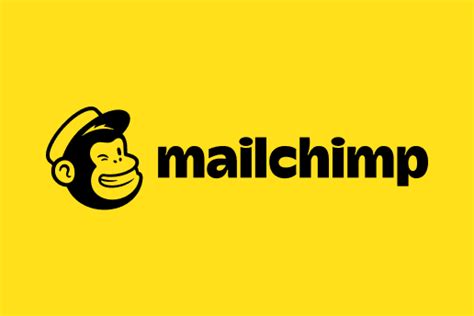Mailchimp’s decision to shut down TinyLetter has caused a stir in the email service community. This move prompted many users to seek alternatives or even create their own solutions. One such innovation is LetterDrop, a new project developed using OpenAI’s GPT-4o model to generate the code. This approach to building software opens new doors but also raises many questions about the future of coding, software maintenance, and responsibility.
The use of GPT-4o to generate LetterDrop’s code is particularly interesting. According to commentary from users who tested or reviewed the project, all the coding was driven by AI prompts. This leads to discussions around the efficiency and practicality of relying on AI for code generation. While some see it as an evolution in software design, there are concerns about the reliability and maintainability of AI-generated code. The entire process operates on the premise that by tweaking prompts, one can modify the output, which introduces issues of consistency and auditing for correctness. As one user on GitHub remarked, ‘Non-deterministic code generation makes it impossible to audit for correctness.’
The implications of non-determinism are not minor. If AI-driven projects like LetterDrop are to be trusted and broadly adopted, the industry must address these reliability concerns. Comments from the developers suggest that conventional frameworks like React could help mitigate some issues by providing type checking and better structure. Despite this, the generated code was often labeled as ‘godawful’ by reviewers who pointed out that it included a lot of unnecessary duplication and hard-to-maintain HTML strings. Many developers remain skeptical about trusting such code in a production environment.
Beyond the issue of code quality, the concept of using language models for generating large chunks of software introduces questions about intellectual property and responsibility. In the case of AI-generated content, who holds the copyright? There’s a popular argument that since machines can’t hold copyrights, any work produced by them should fall into the public domain. However, the role of the human prompter—who directs the machine and curates the output—complicates this simple classification. Case law, such as the Monkey Selfie copyright dispute, suggests that only humans can hold copyright, but this legal landscape is still evolving.
The community’s mixed reactions to LetterDrop and AI-generated code point towards a broader conversation about the future of software development. The promise of AI in this field is undeniable; it can expedite the creation of projects significantly, reducing the need for specialized coding skills. However, this shift also highlights the crucial need for robust verification and validation techniques to ensure that AI-generated software is secure, efficient, and maintainable. As one commentator astutely put it, ‘Quality was already going down the drain, and LLMs have the ability to accelerate the decline.’ This serves as a cautionary note for those looking to embrace AI-driven code generation without a clear strategy for managing its inherent risks.


Leave a Reply